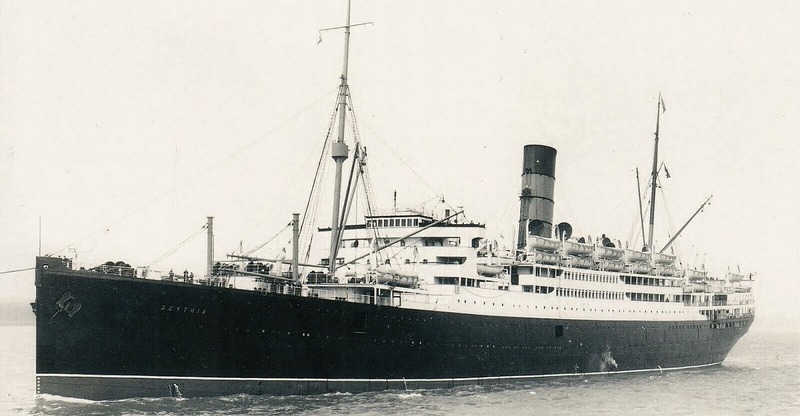In September 1940, as war clouds gathered over Europe, 806 passengers boarded the RMS Scythia in hopes of reaching safer shores. Their journey reflected the tension and resilience of a nation at its breaking point, with every individual drawn from a different corner of Great Britain to share one uncertain path.
Crossing the Atlantic During Britain’s Darkest Hour in World War II

Key Takeaways:
- On September 21, 1940, 806 passengers boarded the RMS Scythia for a transatlantic crossing.
- They represented a cross-section of British society, from housewives to government officials.
- The journey took place during Britain’s “darkest hour” of World War II.
- Passengers arrived on a gray autumn Saturday to set sail.
- Their departure highlighted the mix of anxiety and determination to find safety across the ocean.
Introduction
On a gray autumn Saturday, September 21, 1940, a group of 806 people gathered at the dock, their hearts weighed by the gravity of wartime Britain. Housewives and civil servants, students and engineers, merchants, authors, and government officials all converged on this singular moment, each holding onto hope that their voyage might offer respite from the turmoil ravaging Europe.
Growing Fears in Britain
The year 1940 proved a critical period in the Second World War. Widespread bombings and rampant uncertainty left many British citizens longing to escape the conflict. Britain faced a true “darkest hour,” pushing households, communities, and entire professions to the edge of survival.
Profile of the Passengers
Diversity set these travelers apart. The crowds formed a microcosm of British society: city dwellers and country folk alike, from every region of Great Britain. The distinctly varied professions and life stories flavored the atmosphere on board, uniting strangers through a common quest for security and stability.
The Boarding Day
Amid simmering tension, families and individuals arrived to board the RMS Scythia. Some carried suitcases packed with everything they owned; others brought simple bags containing their most precious possessions. The day was described as particularly overcast, a somber reflection of the collective mood as well as the uncertain world they were leaving behind.
Aboard RMS Scythia
Built for transatlantic journeys, the RMS Scythia now played an urgent role, ferrying those who could no longer wait out the siege in Britain. With 806 passengers ready to embark, the vessel took on a heightened significance: it represented departure from peril—and, for many, the promise of a fresh start on distant shores.
Conclusion
For these passengers, crossing the Atlantic in September 1940 was both a testament to their courage and a mirror of a troubled time. Britain’s darkest hour forced them to confront unknown dangers, leaving them only with the conviction that life must continue despite a nation under siege. Their voyage, etched into the memory of wartime chronicles, symbolizes the quiet determination of ordinary people persevering through extraordinary circumstances.











